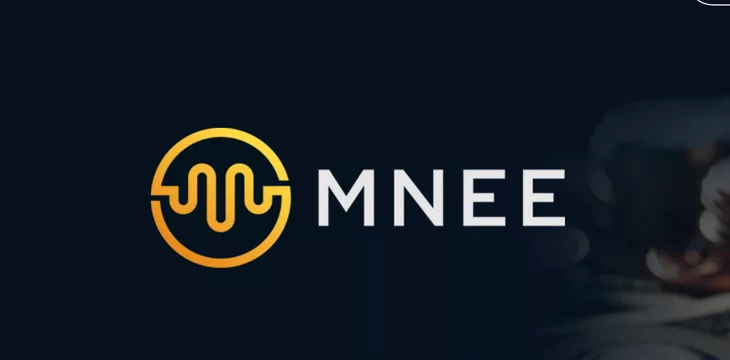|
Getting your Trinity Audio player ready...
|
Finally, there’s a USD stablecoin that moves at the speed of the digital economy. MNEE is the first USD-denominated stablecoin running on the BSV blockchain, making it perfect for microtransactions, remittances, games and Web3 applications, instant P2P transactions, and ordinary payment settlements.
The BSV blockchain can process over a million transactions per second on-chain. This eliminates long waits, network congestion, and high fees that have hampered stablecoin use on other networks. Starting in June 2024, MNEE will be available for retail users on HandCash, RockWallet, and RockWallet Pro blockchain wallets.
Non-United States institutional customers, exchanges, and OTC desks will be able to mint MNEE for their customers to use (provided they have the real-world capital to do so).
“Stablecoins” are blockchain tokens designed to maintain a stable fiat currency value, making them more useful for accounting and relatable pricing. On exchanges, they’re used mainly to “park” value when prices of native blockchain assets are experiencing high volatility. MNEE said the market for stablecoins today is worth $160 billion, and it expects that to grow to $3 trillion over the next three to four years.
When organized properly, stablecoins are backed by an auditable reserve of real-world assets of equivalent fiat currency value. In MNEE’s case, the backing is USD cash, U.S. Treasuries (“T-bills”), or stablecoin equivalents.
MNEE is a licensed custodian and digital asset issuer based in Antigua. It is the first stablecoin to utilize the Tokenized protocol, and its use will be fully compliant with international money transfer regulations, including KYC/AML. MNEE has also promised to address concerns surrounding other well-known stablecoins by allowing regular and transparent audits of its reserves.
For those who still prefer slower and higher-fee blockchains, MNEE also has an ERC-20 version to run on Ethereum——similar to other stablecoins, which often exist on multiple blockchains simultaneously. MNEE’s website says other BSV-based token protocols, namely STAS and Ordinals, are coming soon.
Tokenized CEO James Belding said his company was proud to be involved with the MNEE project, having designed its platform to support a wide range of digital assets.
“The launch of MNEE showcases our commitment to innovation and vision of improving the value proposition of stablecoins in a comprehensive, user-empowered financial ecosystem.”
USD Stable coin on BSV!!!
Coming to HandCash this summer! https://t.co/qYq9y8wdJk
— Alex Agut (@apagut) May 15, 2024
HandCash CEO Alex Agut said he and his company were happy to work with MNEE and are confident its stablecoin solution will significantly improve the HandCash platform and BSV as a whole.
“BSV has always been wildly impressive from a performance standpoint; by allowing users to now transact with USD, we are removing one additional layer of complexity for newcomers. We think this is the last piece we needed for building products for a non-crypto audience. Finally!”
Usable money is the lifeblood of HandCash’s ecosystem as a gaming and payments-driven company, he added.
“We required a fast and lightweight solution for moving dollars across the internet. Tokenized and MNEE support the same low latency, cost effective and instant transactions we are accustomed to.”
What makes a stablecoin stable?
Though stablecoins have proven extremely popular in the blockchain industry over the years, they’ve also suffered reputational concerns over governance and proof of reserves. As well as choosing the right blockchain for speed and efficiency, a custodian/issuer also needs to gain trust by proving the coin is backed by real value.
Highly-used stablecoins like Tether have struggled with legality issues and have consistently failed to undergo transparent audits of asset reserves. This has led to increasing regulatory scrutiny by U.S.-based authorities. Meanwhile, there have been other attempts to create “algorithmic stablecoins” that (in theory) maintain their pegged fiat value through complex trading mechanisms, sometimes with disastrous results.
The prefix “stable” shouldn’t just apply to a coin’s value—it should also refer to a coin’s governance and reliability. Users need to trust the stablecoin they’re using is backed by real value, and they need to know whether they’re trusting an asset that follows regulatory models or something regulators view as suspicious. The platform and protocol underneath a stablecoin must also be solid and have the capacity to send transactions instantly at any time.
Watch: Centi Franc—the truly stable stablecoin

 07-08-2025
07-08-2025 





